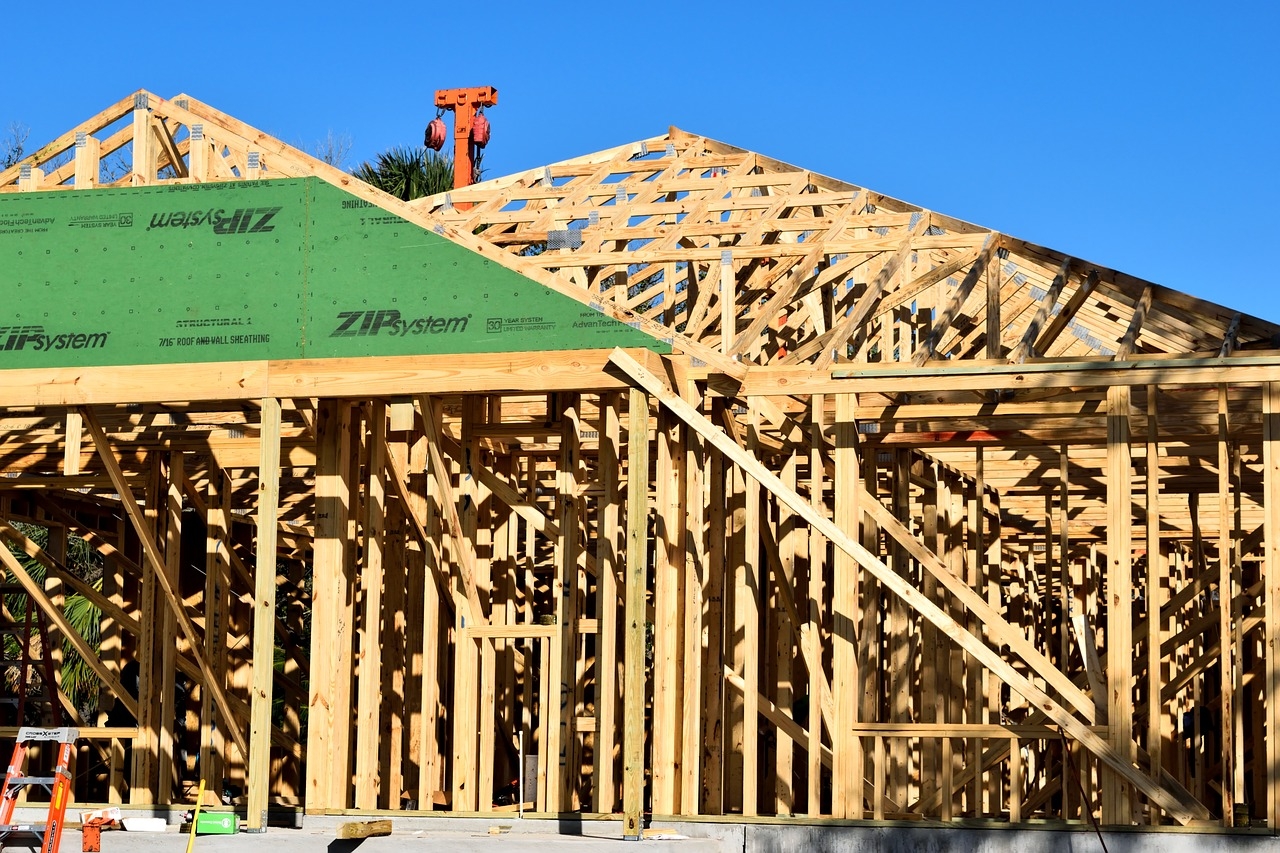Energy-efficient infrastructure projects hold a key opportunity for contractors

The largely underutilized 179D tax deduction rewards building designs and enhancements that will be widespread in environmentally-sound infrastructure projects.

Drew Angerer via Getty Images
The COVID-19 pandemic has showed no mercy in its impact to the construction sector, inducing a storm of high costs and volatility from materials to labor. According to a recent survey by the Associated General Contractors of America and Autodesk, 93% of contractors have been impacted by the supply chain disruption-induced rising material prices, and 88% are experiencing project delays.
Despite this volatile environment, the sector is poised for serious growth thanks to the new passed infrastructure package, which will drive significant increases in project volume, particularly for green construction and energy-efficient buildings. The bill already contains $225 million toward grants for states and others to implement building energy codes, and the Clean Energy for America Act intended for the upcoming reconciliation bill includes more incentive changes to encourage the push towards zero-energy buildings.
Not only could government contractors benefit from an increase in contracts on public works, but Congress is also looking to enhance tax incentives for companies that work on government projects. For instance, the 179D Commercial Buildings Energy Efficiency Tax Deduction has recently been made permanent by Congress and provides a massive tax benefit for companies that have made government buildings more energy efficient.
Unfortunately, while the number of energy-efficient buildings has doubled in recent periods, Section 179D has been severely overlooked and underutilized. Let’s look into what construction firms need to know about it, to take full advantage in the upcoming wave of green building projects.
What is Section 179D?
According to the U.S. Department of Energy, “the buildings sector accounts for about 76% of electricity use and 40% of all U. S. primary energy use and associated greenhouse gas emissions.” To encourage more energy-efficient building, Congress developed a federal resource in 2005 to financially reward these projects and allow more capital to be reinvested in environmentally sound building. Thus, the 179D deduction was born. It began as a temporary initiative as part of the bipartisan Energy Policy Act and first allowed for a tax deduction for energy-efficient buildings that went into service between 2005 and 2008.
Congress then continued to extend the provision each year it expired, until the end of last year when it was made a permanent fixture in our tax code through the Consolidated Appropriations Act.
Section 179D specifically allows taxpayers to claim a deduction of up to $1.80 per square foot on government buildings, where work was done to make them more energy efficient. However, buildings can also qualify partially with deductions of up to $0.60 per square foot for individual lighting, building envelope or heating and cooling systems that meet certain target levels. For program managers, construction and architecture firms that incorporate qualifying systems into multiple projects, the $1.80 per square foot deduction can quickly climb into millions of dollars.
Unfortunately, lack of awareness around the deduction, combined with confusion around how to qualify and redeem it, has led this deduction to be underutilized, even as green building practices have become more commonplace for contractors nationwide. With the infrastructure plan poised to focus heavily on energy efficient building, 179D could play a much bigger role in buildings looking for tax deductions.
What kinds of projects qualify?
Eligible designers and builders (including program managers, construction managers, architects, engineers, contractors, environmental consultants and energy service providers) may all have projects that qualify for Section 179D. These can include K-12 schools, universities, military bases, libraries, prisons and courthouses — many of which will be built or updated following President Biden’s signing of the infrastructure bill. In addition to the building type, the equipment deployed for energy efficiency, and the nature of projects involved are all considered to calculate the maximum deduction.
To redeem the deduction, buildings must undergo an independent, third-party review to confirm the energy savings and potential deduction. Applicants essentially must establish that the project at hand reduced total energy costs by at least 50%. Additionally, the enhancements to the building must surpass ASHRAE (building ventilation and air quality) 2001 standards for buildings placed into service before 2016 — and ASHRAE 2007 standards thereafter.
As an additional qualification item, companies working on government-owned buildings are required to submit a federal allocation letter to qualify. This letter ultimately allows the government entity to transfer the benefit to the taxpayer and it is best to use a third-party team to obtain letters as well.
As an example of what deductions can look like, one construction management firm was able to secure deductions on 31 of its properties, many of which were K-12 schools, higher education buildings and military facilities. At least two of the projects had deductions exceeding $1 million and the total deductions they were able to qualify for came in at $7.6 million. All this returned capital not only saves jobs and encourages growth for construction firms working toward greater energy independence, but also allows them to reinvest it into developing and implementing more energy efficient building innovations.
The fact of the matter is that many of the projects that result from capital injections of the infrastructure bill will meet these standards, with the bill including $225 million for grants to states and others for implementation of building energy codes. It will be up to the construction, engineering, architecture and consulting firms involved to choose to leverage, and spread knowledge about the deduction to encourage its use and hopefully, one day expansion into a full tax credit from Congress.
This article was originally written by Dean Zerbe and appeared here.


Comment (0)